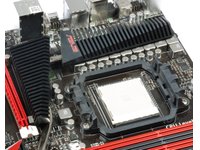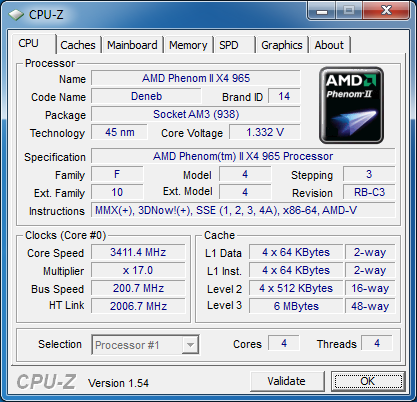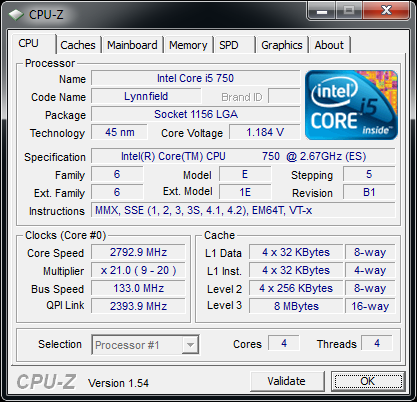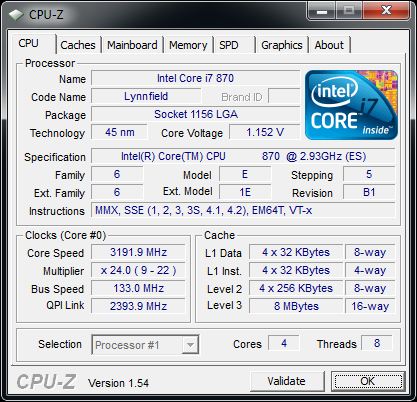Efficiency: Optimizing The Clock Rate Of AMD's Phenom II X6
AMD’s six-core CPU is affordable (at least, compared to Intel's Core i7-980X). We're overclocking the Thuban design to see if its efficiency improves from faster clock rates. Comparisons to other quad- and hexa-core processors provide some perspective.
Test Platform And The Competition
Test Motherboard: Asus Crosshair IV Formula
The Crosshair IV Formula is Asus’ 890FX flagship for the Socket AM3 platform. It is extremely well-equipped and very suitable for overclocking, thanks to a powerful 8+2 phase voltage regulator design. CrossFireX can operate either through two x16 PCI Express links running 16 lanes each, or one x16 PCIe slot sporting 16 lanes and two more x16 connectors running at eight lanes each. Asus adds a JMicron JMB363 controller that offers UltraATA and an NEC controller that enables two USB 3.0 ports. SATA 6Gb/s is supported by the SB850 southbridge—an area where Intel’s core logic is falling behind.
Asus offers its TurboV Evo and OC Profile tools to facilitate overclocking, but we used AMD’s OverDrive utility instead, since it’s not proprietary and can be used on most AMD motherboards.


Auto-Voltage Issues
Some motherboards, such as the Crosshair IV Formula, automatically adjust the processor voltage if you increase the chip's multiplier. In this simple example, we went from 3.2 GHz and a 16x multiplier to 3.4 GHz and a 17x multiplier. The result was a 0.12V effective increase in Vcore, which isn’t bad since it can improve CPU stability at overclocked settings. However, the overclock was small enough to not impact stability (rendering that voltage bump unnecessary), which we found out by manually setting the voltage back to 1.25V. Moreover, the voltage increase had a severe impact on system idle power, sending it rocketing up by 40 watts.
The Asus motherboard we used would automatically increase processor voltage when the CPU multiplier increases.
We switched the processor voltage back to regular values manually to make sure that idle power stayed in a reasonable area.
Get Tom's Hardware's best news and in-depth reviews, straight to your inbox.
Competitors in this Roundup
We decided to include a few additional processors to be able to evaluate the overclocking results of the Phenom II X6. The contenders were a Phenom II X4 965 at 3.4 GHz and four Intel CPUs: the six-core Core i7-980X flagship, the quad-core Core i7-975, the Core i7-870 on an LGA 1156 interface, and the mainstream Core i5-750. Adding a dual-core Core i5 processor would probably have been appropriate from a pricing standpoint, but we doubt that the comparison would be very relevant. More cores mean lots of additional performance for as long as you’re executing threaded applications. For conventional software, you can save money and stay with a fast dual-core CPU.
Current page: Test Platform And The Competition
Prev Page AMD Phenom II X6 Next Page Turbo CORE In Action




